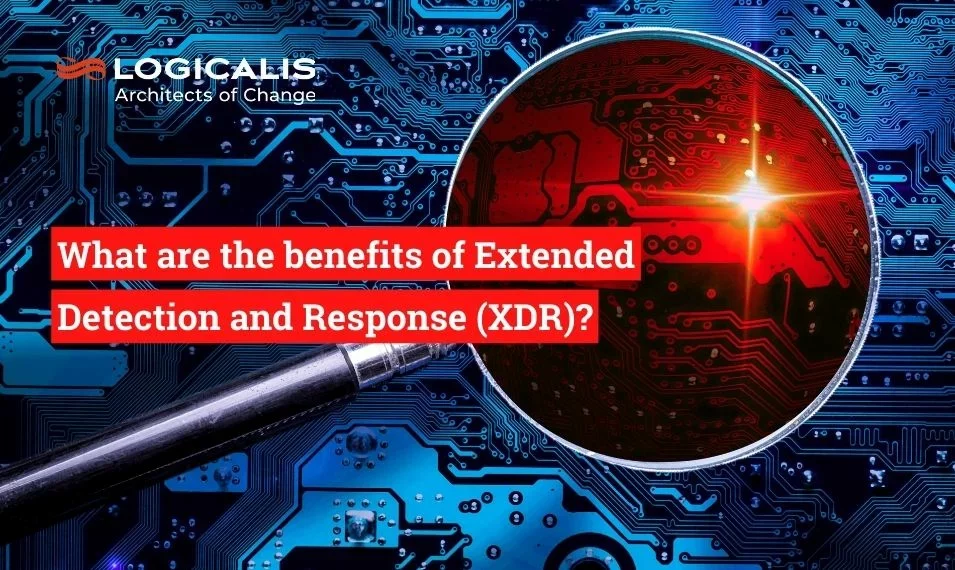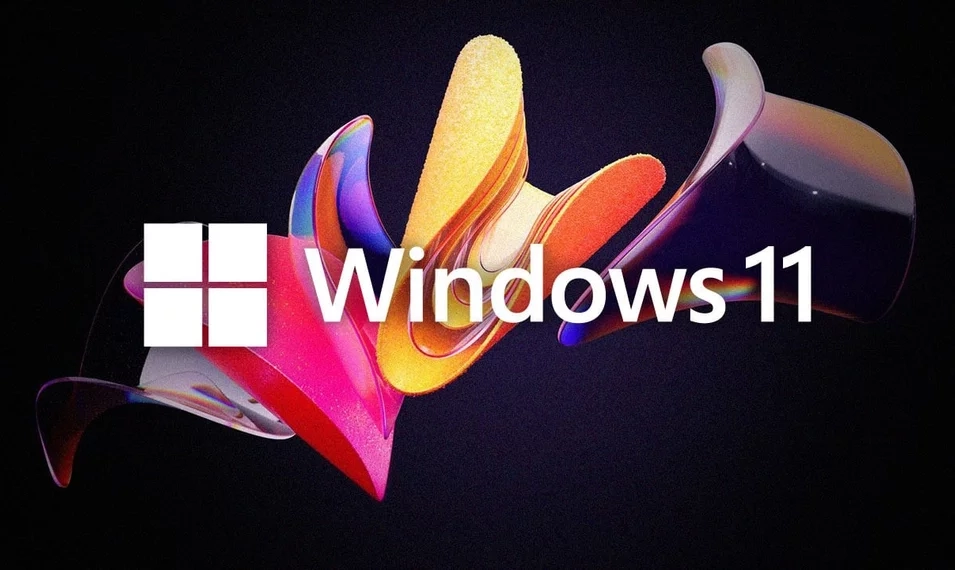
South Africa, Jan 30, 2024
Sustainability is an important topic in modern business as customers and other stakeholders increasingly measure their service providers’ performance against environmental and ethical standards. This directly impacts the IT industry as many clients will consciously choose to do business with companies that perform better on environmental metrics.
What defines sustainability in IT?
Sustainability in IT refers to measures taken to reduce the environmental impact of manufacturing, ongoing use, and disposal of IT equipment and technologies. There are hundreds of measures that key role players in the industry are taking to become more Earth-friendly.
IT sustainability is further defined by a greater focus on reporting and metrics that look at environmental performance in IT.
The main goals of sustainability in IT are to reduce the environmental impact and resource consumption of IT operations.
What role does IT play in sustainability initiatives?
The increased digitisation of the modern business environment means that IT has become a critical enabler of sustainable transformation in companies. IT can contribute a substantial portion of an organisation’s carbon footprint if not carefully managed.
One of IT’s biggest positive contributions is towards the accurate reporting and measurement of sustainability efforts.
Measuring the company’s performance against ESG benchmarks provides a clear overview for stakeholders on how the company is performing. IT technologies are available to measure energy efficiency, carbon emissions, and vendor efforts.
What is the role of IT leaders in sustainability?
Traditionally, IT was not actively involved in strategic business decisions or emerging sustainability strategies. This has begun to rapidly change as CIOs and other IT leaders are active participants in companies’ sustainability strategies.
IT's role in driving sustainable transformation means that CIOs and CTOs are positioned to operationalise sustainability initiatives and strategies. These leaders are also increasingly seeing their executive compensation packages and KPIs tied to ESG performance and sustainability metrics.
Examples of sustainability in IT
There are many measures that companies can take to advance sustainability goals in IT, including:
- Responsible e-waste management: Electronic waste is harmful to the environment and can result in hazardous components contaminating soil and groundwater. Responsible e-waste management includes measures such as safe disposal of old hardware, reusing equipment or donating hardware. Companies can also sell old equipment to their employees for personal use, which helps to recoup costs and makes more resources available to invest in other sustainability initiatives.
- Equipment lifecycle optimisation: Companies can choose to “sweat” hardware by letting it run slightly beyond manufacturer warranties until new equipment arrives. There are also options in the industry to use 3rd party equipment when the company’s equipment reaches the end of its lifecycle. This helps to minimise waste and get the most out of existing digital infrastructure.
- Partnering with responsible partners and vendors: Companies can implement stricter policies to vet potential partnerships with vendors or partners. Having a network of partners and suppliers with a similar focus on reducing their carbon footprint helps a lot towards achieving the company’s own ESG goals.
- Critical Power and renewable power: Emerging digital energy technologies allow companies to measure their energy consumption and optimise usage. Digital energy measures can be combined with renewable energy sources such as solar power.
- Enabling remote work and reducing commuting: IT technologies help to enable remote work which reduces the need for employees to commute to the office. This helps to reduce power costs at the office, while also reducing each employee’s individual carbon footprint.
- Transitioning to hybrid or cloud technologies: Traditional on-premises IT systems such as data centres and servers consume large volumes of energy and produce a lot of e-waste. Companies can move their operations onto a centralised cloud or hybrid system which helps to reduce overall carbon emissions.
Sustainability in IT helps to not only reduce the environmental impact of company technologies but also address broader social and economic sustainability considerations. Organisations that prioritise sustainability in IT can contribute to a more environmentally responsible and socially conscious industry while potentially achieving cost savings and operational efficiencies.
If you would like to know more about sustainability in IT, please visit our Sustainable IT page to learn more.





















